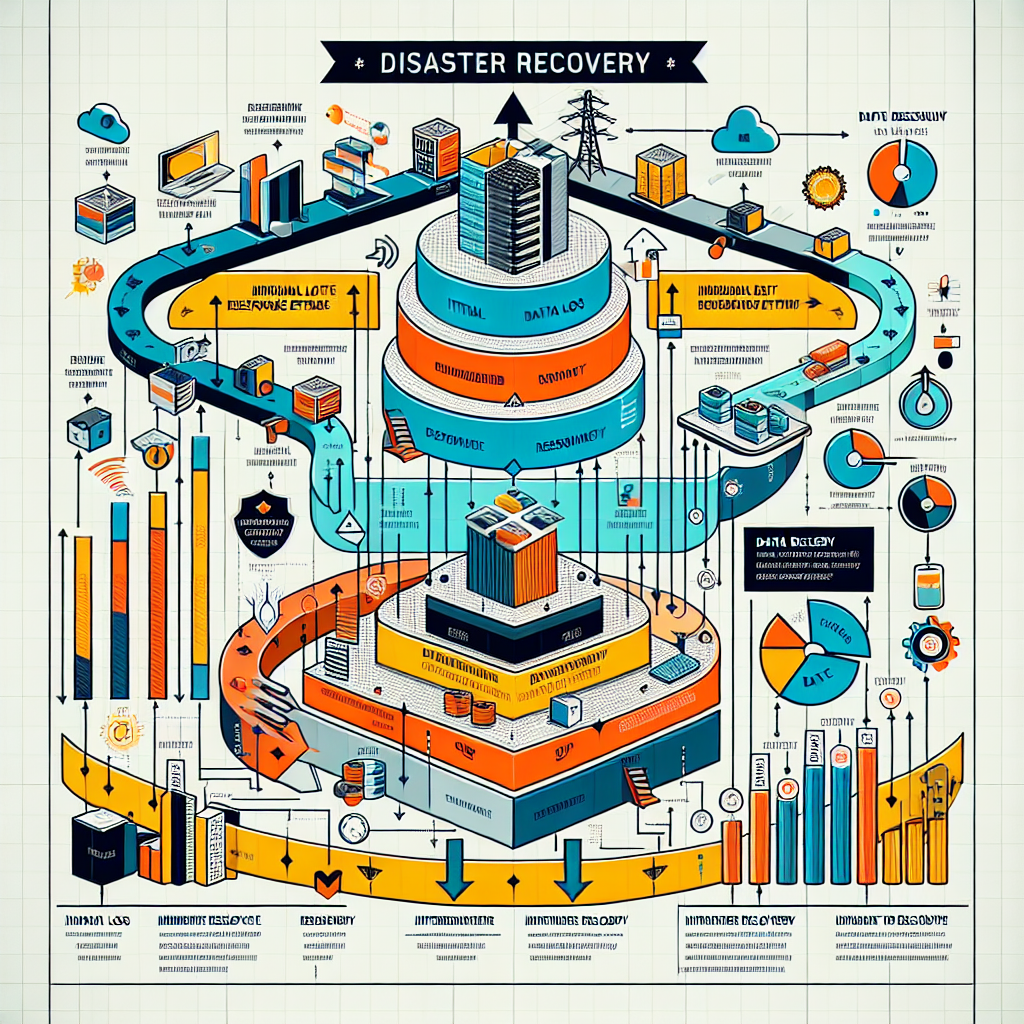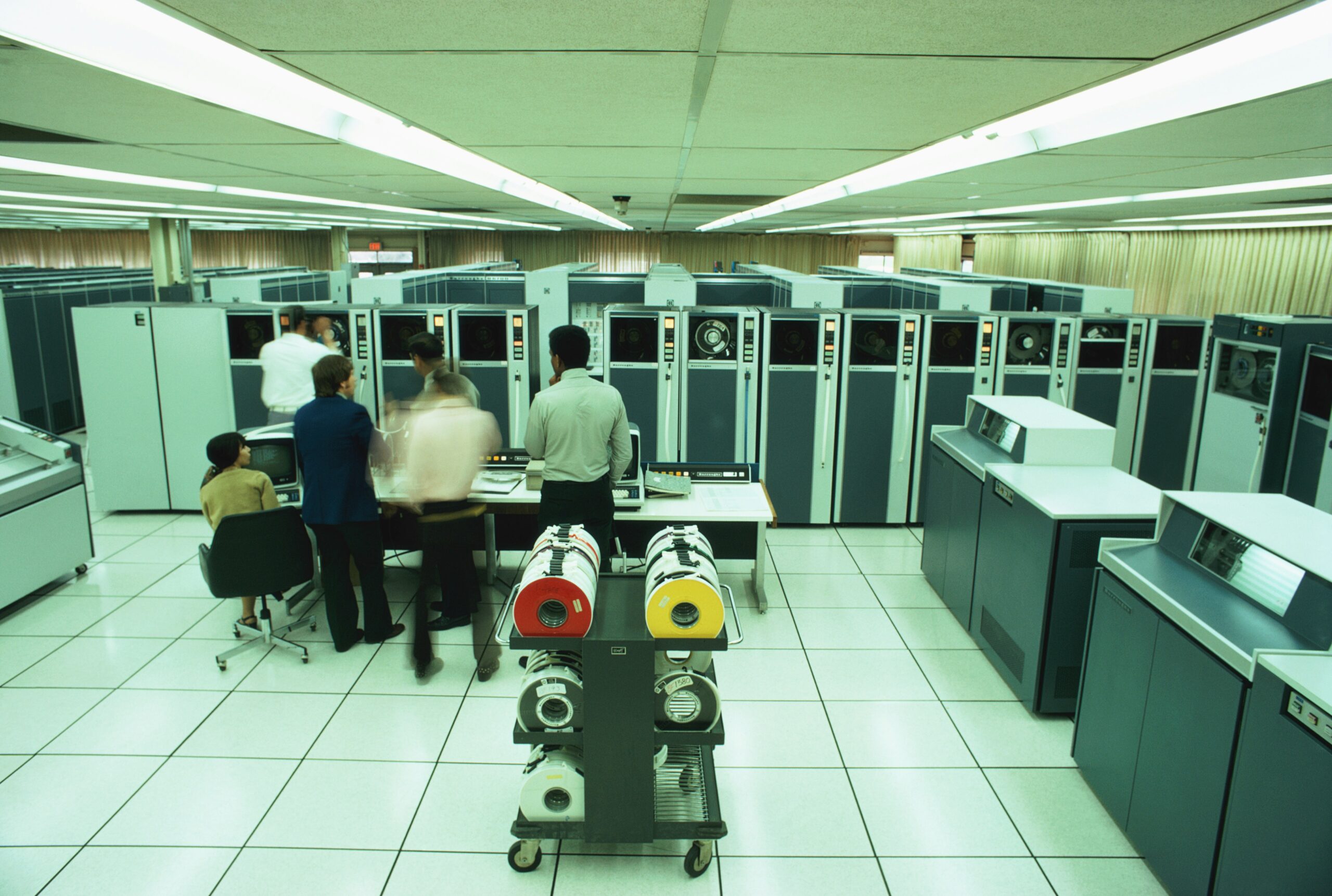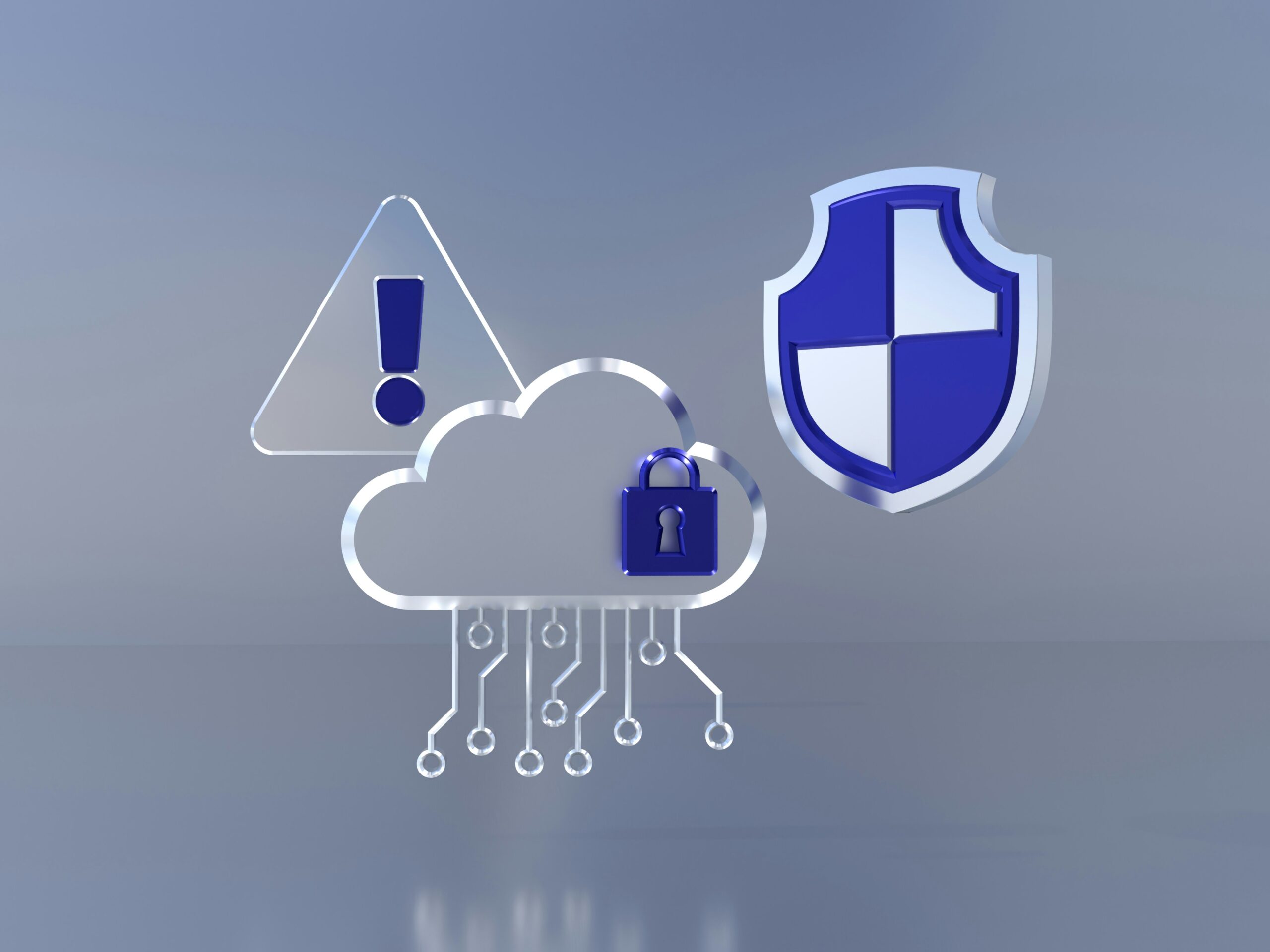Different Types of Disaster Recovery Sites
Data is the lifeblood of any business.
A disaster that disrupts access to this vital resource can be catastrophic.
That’s where disaster recovery sites come into play. They are a crucial part of any business continuity plan.
In this article, we will delve into the different types of disaster recovery sites. We’ll explore hot, cold, and warm sites, and the unique benefits each one offers.
We’ll also discuss how to choose the right type for your business based on your specific needs and budget.
Whether you’re an IT professional, a business continuity planner, or a decision-maker in your organization, this guide will provide you with valuable insights into disaster recovery sites.
Understanding Disaster Recovery Types
Disaster recovery sites are physical locations where an organization can recover its technology infrastructure and operations after a disaster.
These sites have hardware, software, and data backups. They are designed to quickly restore business operations.
There are three main types of disaster recovery sites: hot, cold, and warm. Each type offers a different level of readiness and recovery speed.
Understanding these types and their unique features is crucial for any organization planning its disaster recovery strategy.
The Importance of Site Disaster Recovery Planning
IT disaster recovery solutions planning is a critical aspect of business continuity. It ensures that an organization can quickly resume operations after a disaster.
Disasters can be natural, like floods or earthquakes, or man-made, such as cyber-attacks or power outages. Regardless of the cause, the impact on business operations can be severe.
A well-planned disaster recovery strategy can:
- Minimize downtime and data loss
- Protect the organization’s reputation
- Ensure compliance with industry regulations
- Reduce the financial impact of a disaster
Therefore, understanding and implementing the right type of disaster recovery site is a key part of this strategy.
If you are struggling to find the best solution for you, a MSP like Cloud Cat Services can help tailor a solution specifically to your needs!
What Is A Hot Backup Site? Immediate Recovery Solutions
A hot site is a ready-to-go backup location that can quickly resume operations, reducing downtime and preventing data loss. While expensive to set up and maintain, it ensures business continuity and compliance with industry regulations. Many businesses see it as a worthwhile investment for immediate recovery and data protection.
“
Hot Site Cyber Security Measures
Hot sites must have strong cyber security measures to prevent data breaches and cyber-attacks. This includes firewalls, intrusion detection systems, encryption, and regular security audits and updates.
What is a hot site in a disaster recovery plan?
A hot site disaster recovery plan is a backup site that replicates a business’s IT setup. It is prepared to quickly take over in the event of a disaster. Despite being costly, hot sites offer benefits like quick recovery, minimal downtime, data protection, and compliance with regulations. Strong cybersecurity measures are essential for protection.
What Is A Cold Backup Site? Cost-Effective Disaster Recovery
A cold site is a cost-effective disaster recovery solution that provides a physical location and infrastructure, but not IT equipment. It requires setup and configuration before use, resulting in longer recovery times compared to hot sites. This can lead to significant downtime and potential loss of business.
Despite these challenges, cold sites offer several benefits:
- Lower setup and maintenance costs
- Flexibility to customize the site to specific business needs
- Suitable for businesses with non-critical applications or longer recovery time objectives
In the end, the choice between a hot site and a cold site often comes down to a balance between cost and recovery time.
What Is A Warm Backup Site? The Middle Ground
A warm site is a middle ground between a hot site and a cold site, offering necessary infrastructure but potentially outdated data. Recovery time is longer than a hot site but shorter than a cold site.
Warm site disaster recovery is ideal for businesses that need a faster recovery time than a cold site can provide, but cannot justify the cost of a hot site. They offer several benefits:
- Faster recovery time than a cold site
- Lower cost than a hot site
- Flexibility to scale up quickly in the event of a disaster
Warm Site Backup Strategies
Regular backups are crucial for a warm site to be effective. Storing daily backups off-site allows for quick recovery in the event of a disaster, balancing cost and recovery time.
Comparing Hot Site vs Cold Site Vs Warm Sites
Cold, Warm and Hot sites vary in speed and cost. Hot sites are fastest but most expensive, cold sites are cheapest but slowest, and warm sites offer a balance between speed and cost. Choose based on your business needs.
- Hot sites: Fastest recovery, highest cost
- Cold sites: Slowest recovery, lowest cost
- Warm sites: Moderate recovery, moderate cost
“
Cost, Setup Time, and Recovery Speed
The cost of setting up a disaster recovery site can vary greatly depending on whether you choose a hot, cold, or warm site. Hot sites require the most resources to set up and maintain, making them the most expensive option. Cold sites, on the other hand, are the most affordable but take the longest time to become operational in the event of a disaster.
The recovery speed, or the time it takes to restore operations after a disaster, is another crucial factor to consider. Hot sites offer the fastest recovery speed, followed by warm sites and then cold sites. When choosing a disaster recovery site, it’s essential to weigh these factors against your business’s needs and budget.
Choosing the Right Disaster Recovery Site for Your Business
Selecting the right disaster recovery site is a critical decision that can significantly impact your business’s resilience in the face of a disaster. It’s not just about choosing between a hot, cold, or warm site. It’s about understanding your business’s unique needs and how each type of site can meet those needs.
Choose the appropriate disaster recovery site based on RTO, RPO, data type, and available resources.
Assessing Business Needs and Budget
Before choosing a disaster recovery site, assess your business’s needs, budget, and recovery time objectives (RTO) and recovery point objectives (RPO). Consider options like hot, cold, or warm sites based on your requirements to make an informed decision.
Case Studies: Successful Disaster Recovery Site Implementations
Let’s look at some real-world examples of successful disaster recovery site implementations. A global financial institution, for instance, implemented a hot site to ensure uninterrupted service. In the event of a disaster, they were able to switch to the hot site within minutes, ensuring minimal disruption to their operations and customers.
On the other hand, a small e-commerce company with a more flexible recovery time objective opted for a cold site. This cost-effective solution allowed them to restore their operations within a few days of a disaster, without incurring the high costs associated with a hot site.
Future Trends in Disaster Recovery Sites
IT disaster recovery solutions are evolving with trends like cloud-based solutions and automation/artificial intelligence. These offer scalability, flexibility, cost-effectiveness, and streamline the recovery process, reducing human error and enabling faster response times.
Conclusion
In conclusion, understanding the different types of disaster recovery sites – hot, cold, and warm – is crucial for any business. By carefully assessing your business needs, budget, and risk tolerance, you can choose the right type of site that ensures business continuity and protects your critical data in the event of a disaster.
Want To Learn More On Disaster Recovery Solutions?
Learn about disaster recovery solutions and get a tailor-made plan for your business by visiting our website. Find information on services, solutions, case studies, and future trends.
Contact us through our website’s contact form or customer support team for assistance in assessing business needs and recommending disaster recovery solutions for business continuity and data protection.









